October 29, 2025
Data Shows Endangered Palau Ground Doves Swiftly Recovering After Successful Palauan Island Conservation Effort
Astounding evidence of recovery on Ulong Island in Palau after just one year!
Published on
March 28, 2017
Written by
Emily Heber
Photo credit
Emily Heber

Christmas Island, located northwest of Australia in the Indian Ocean, is known the world around for its biodiversity and striking native wildlife. The island is home to a variety of species found nowhere else in the world. Among these endemic species were four species of lizards that up until the 1970’s had stable populations. Today, none of these lizards can be found in the wild and two of the island populations are presumed extinct.
Until the 1970’s the Blue-tailed Skink (Cyptoblepharus egeriae), Christmas Island Forest Skink (Emoia nativitatis), Lister’s Gecko (Lepidodactylus listeri), and Coastal Skink were found throughout the island. Records reveal that a dramatic decline took place on Christmas Island. Researchers point to the introduction of invasive predators such as invasive feral cats, Giant Centipedes, Wolf Snakes, and Yellow Crazy Ants as the cause.

In 2009, Parks Australia collected as many lizards from the island as possible to begin a captive breeding program. The lizard collection showed promise for some species, but it may have been too late for others. The rangers recovered 64 Blue-tailed Skinks, 43 Lister’s Geckos, and 3 Forest Skinks. The 3 Forest Skinks were all females, the last of which died in 2014, and the species is now presumed to be extinct. Researchers did not locate any Coastal Skinks, but the species survives on neighboring islands. Since then, populations in captivity have grown. Dr. John Woinarski at Charles Darwin University in Australia commented:
The captive population…continues to increase…The populations of blue-tailed skinks have recently passed 1,000 individuals, and there are now over 900 Lister’s geckos.
Increased captive breeding populations give hope for the future return of the species to Christmas Island, but before a release can take place it is crucial to confirm the key drivers in the lizards’ initial declines. By analyzing the pattern of lizard decline in relation to the presence of invasive species, researchers suspect that the invasive Wolf Snake is largely responsible. For the lizard species to return to the wild, the invasive species driving their declines must be removed. Only then can the lizards of Christmas Island thrive.
Featured photo: Flying Fish Cove, Australia. Credit: David Stanley
Source: Mongabay
Check out other journal entries we think you might be interested in.

October 29, 2025
Astounding evidence of recovery on Ulong Island in Palau after just one year!
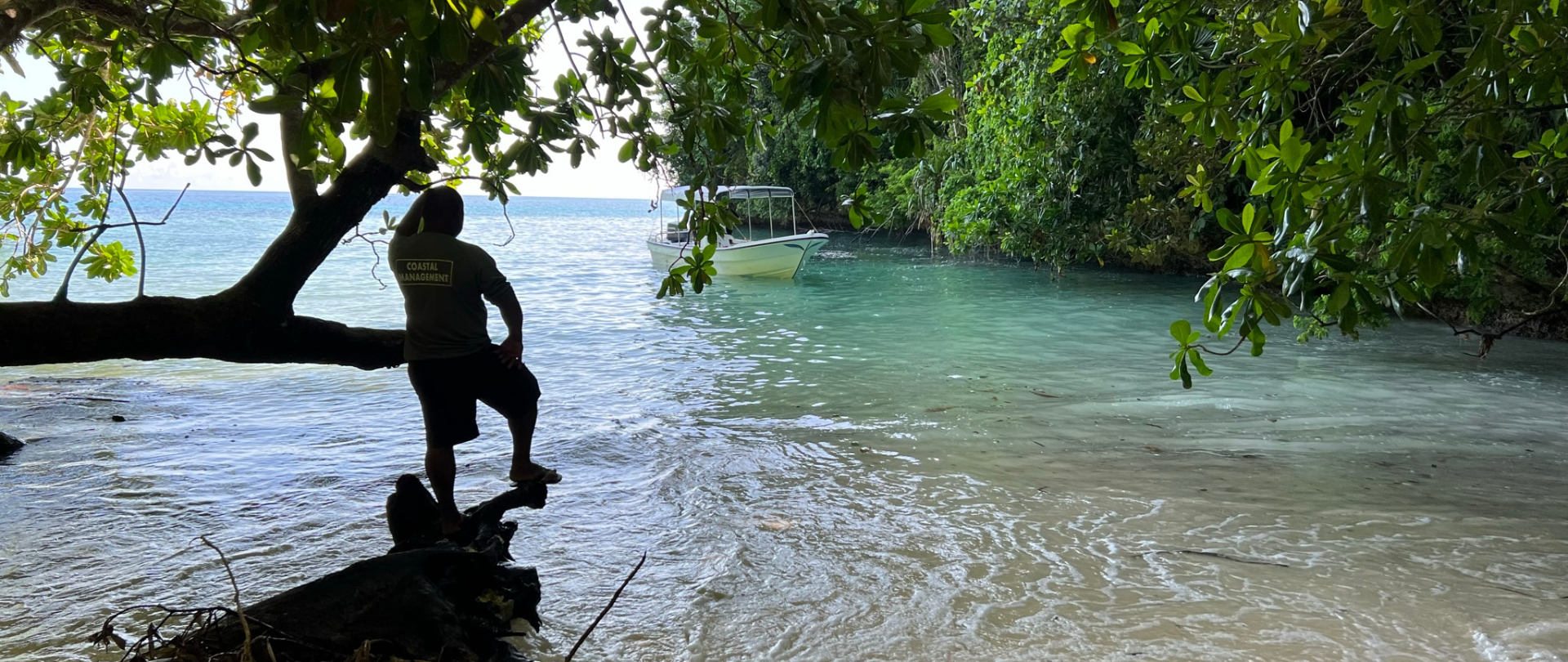
May 19, 2025
Read our position paper on The 3rd United Nations Ocean Conference (UNOC 3) to see why we're attending and what we aim to accomplish!
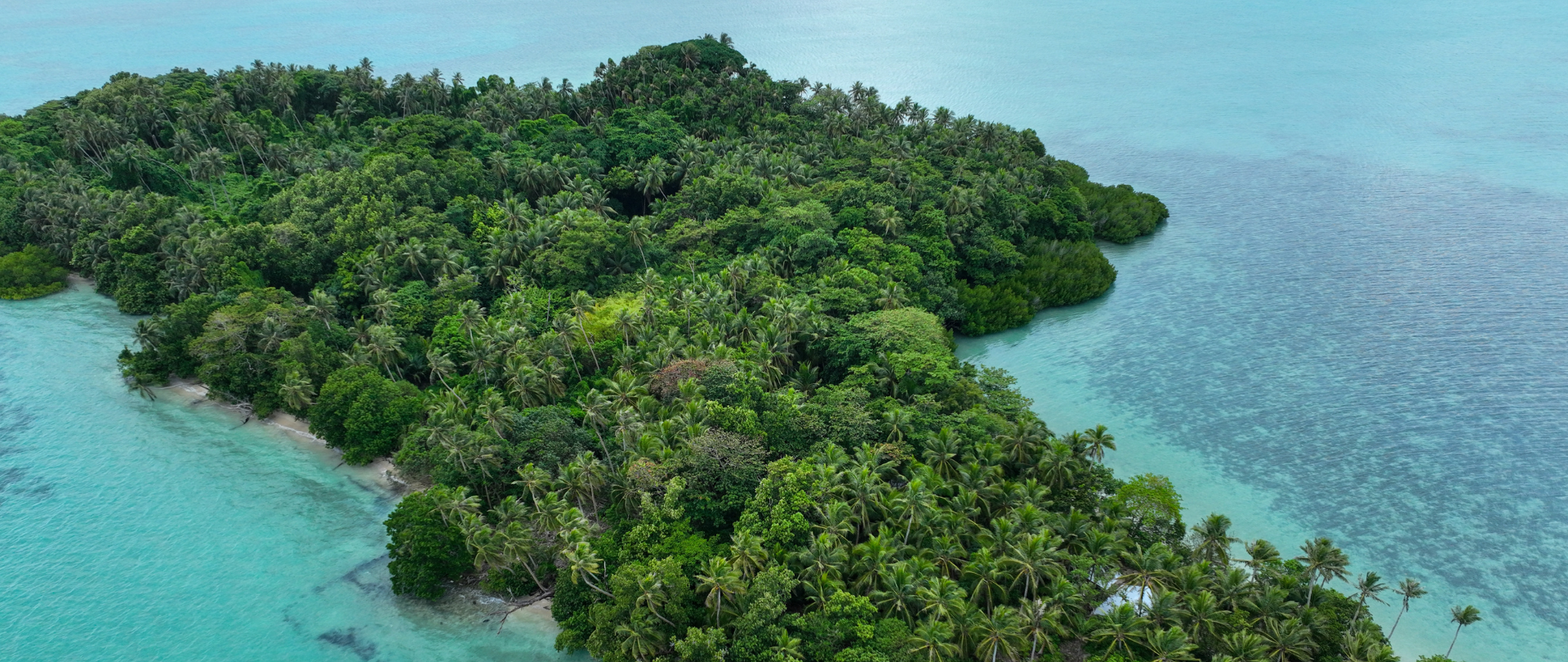
December 4, 2024
Ann Singeo, founder of our partner organization the Ebiil Society, shares her vision for a thriving Palau and a flourishing world of indigenous science!
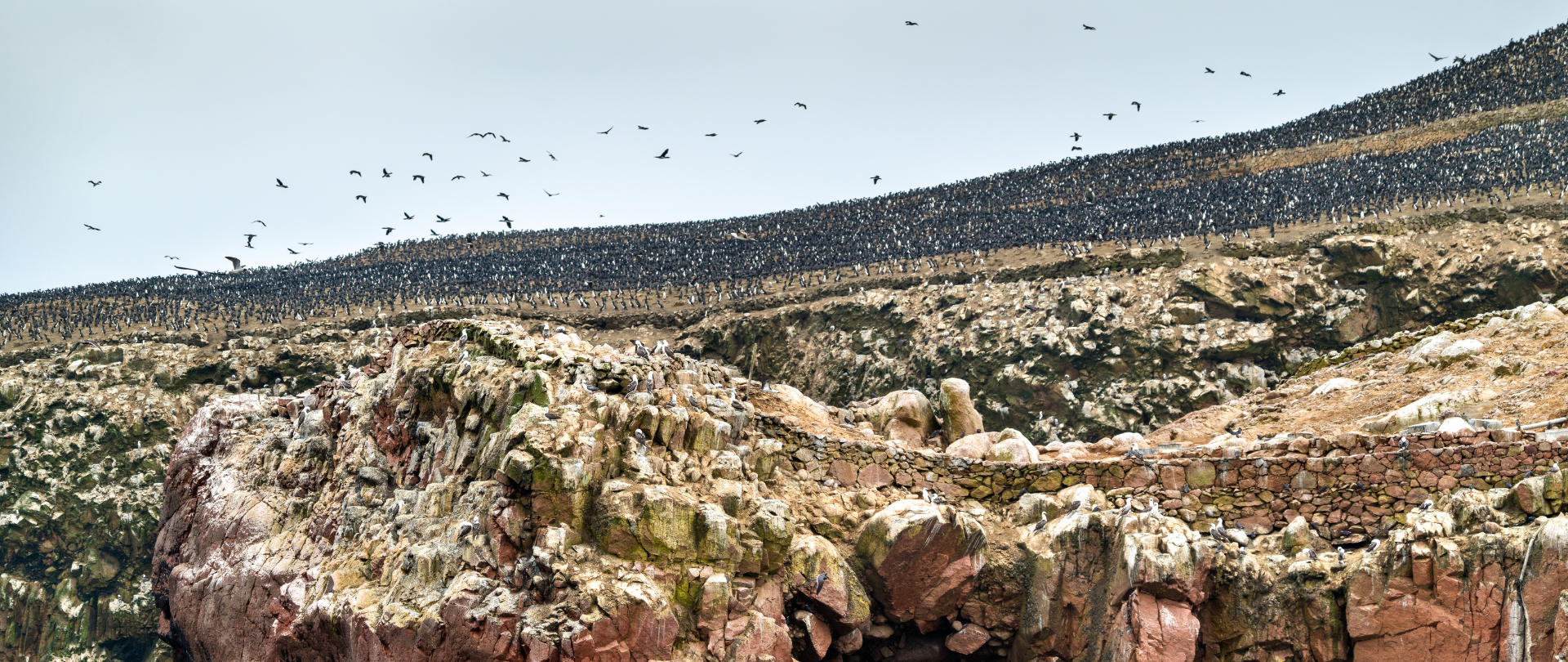
November 22, 2024
This historic agreement aims to protect the marine and coastal areas of the Southeast Pacific.
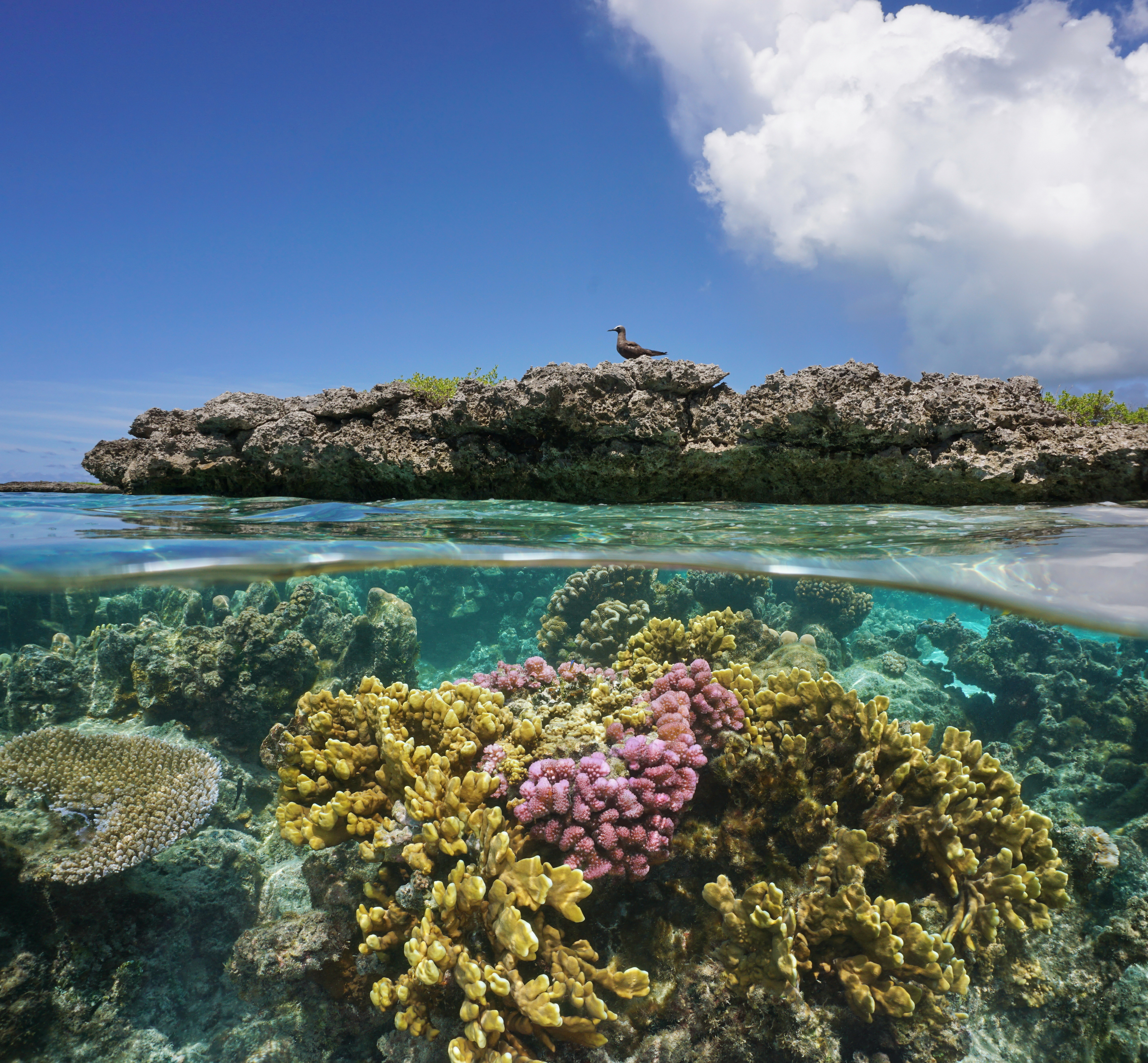
November 18, 2024
Our projects to restore key islets in Nukufetau Atoll forecast climate resilience and community benefits in Tuvalu!
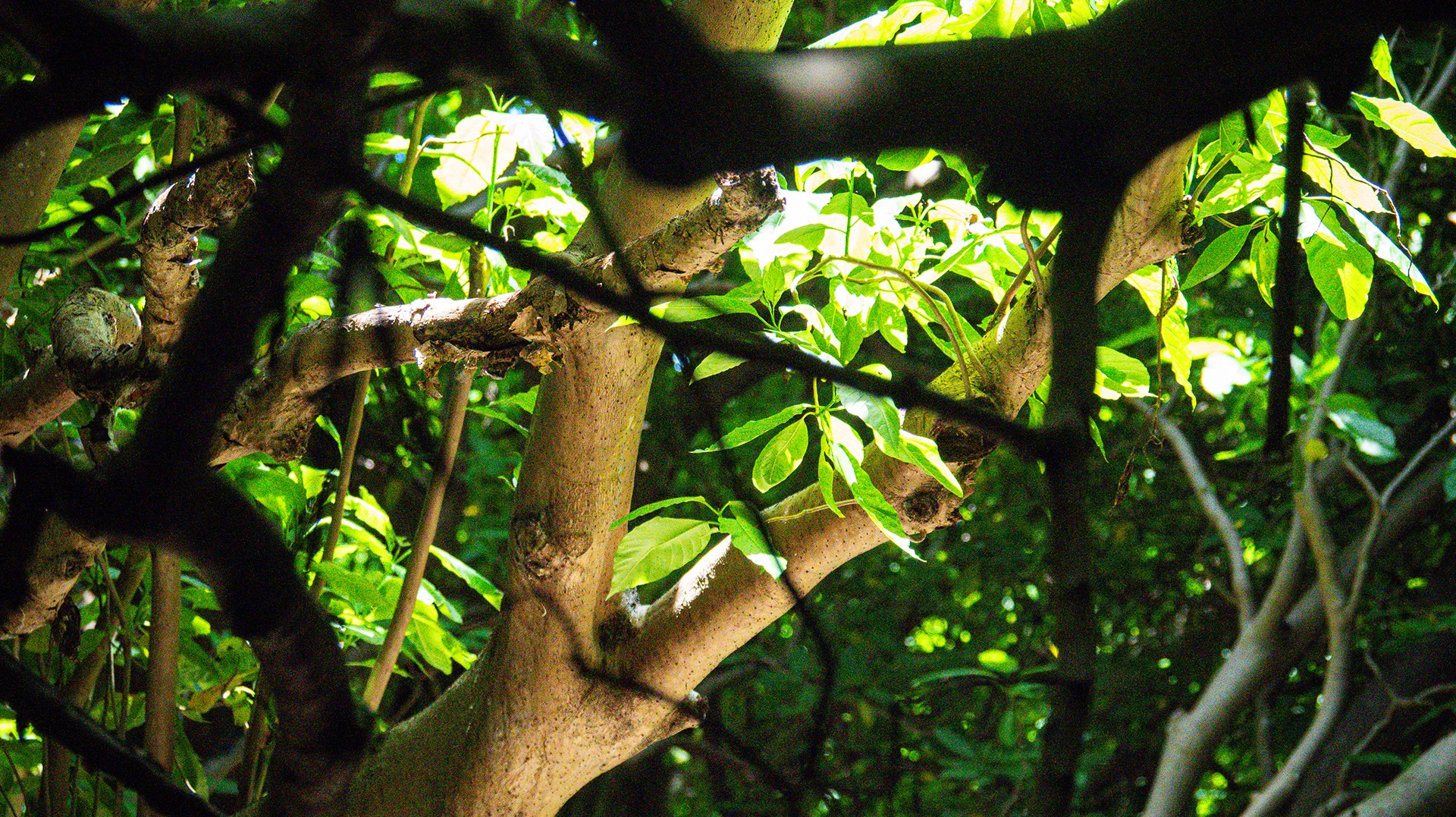
October 3, 2024
Island Conservation and partners have published a new paper quantifying ecosystem resilience on restored islands!
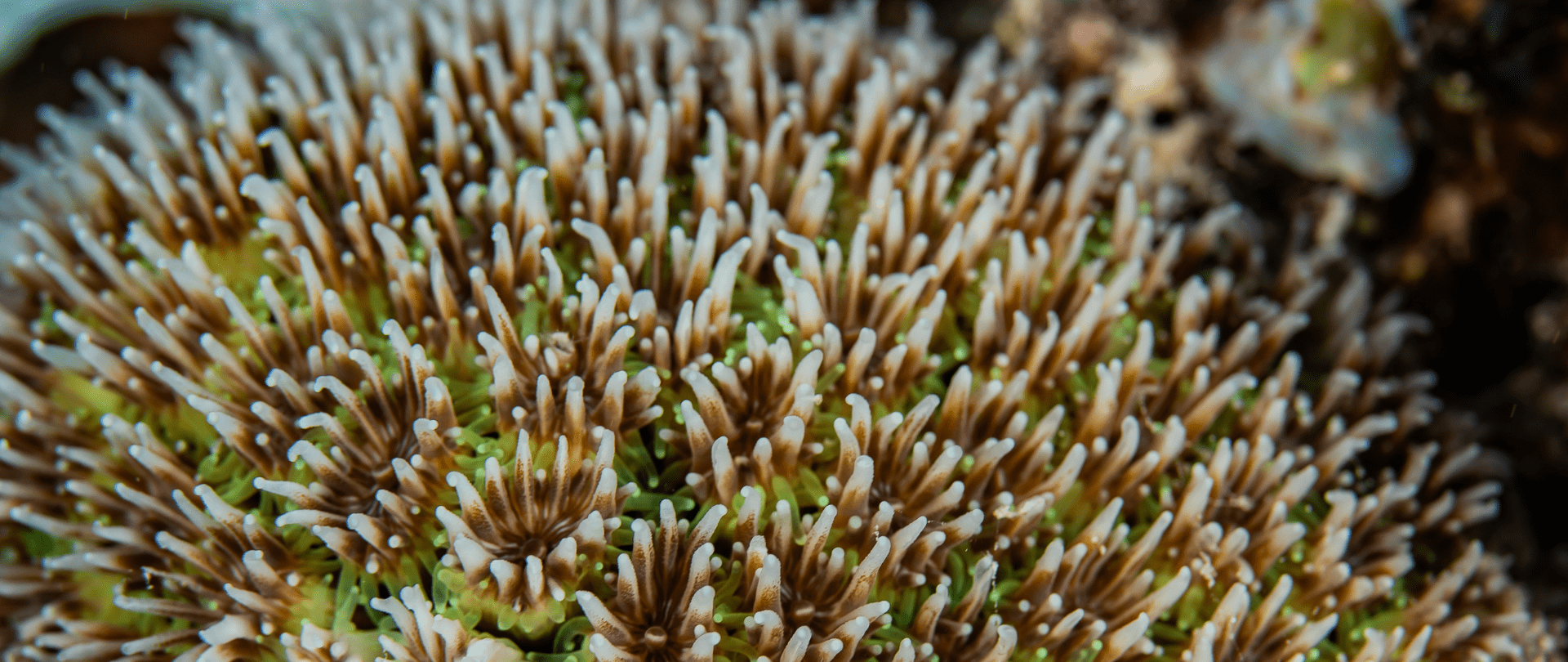
September 10, 2024
Climate Week NYC: what is it and why is it important? Read on to find out why Island Conservation is attending this amazing event!

September 5, 2024
With sea levels on the rise, how are the coastlines of islands transforming? Read on to find out how dynamic islands really are!

December 14, 2023
Join us in celebrating the most amazing sights from around the world by checking out these fantastic conservation photos!
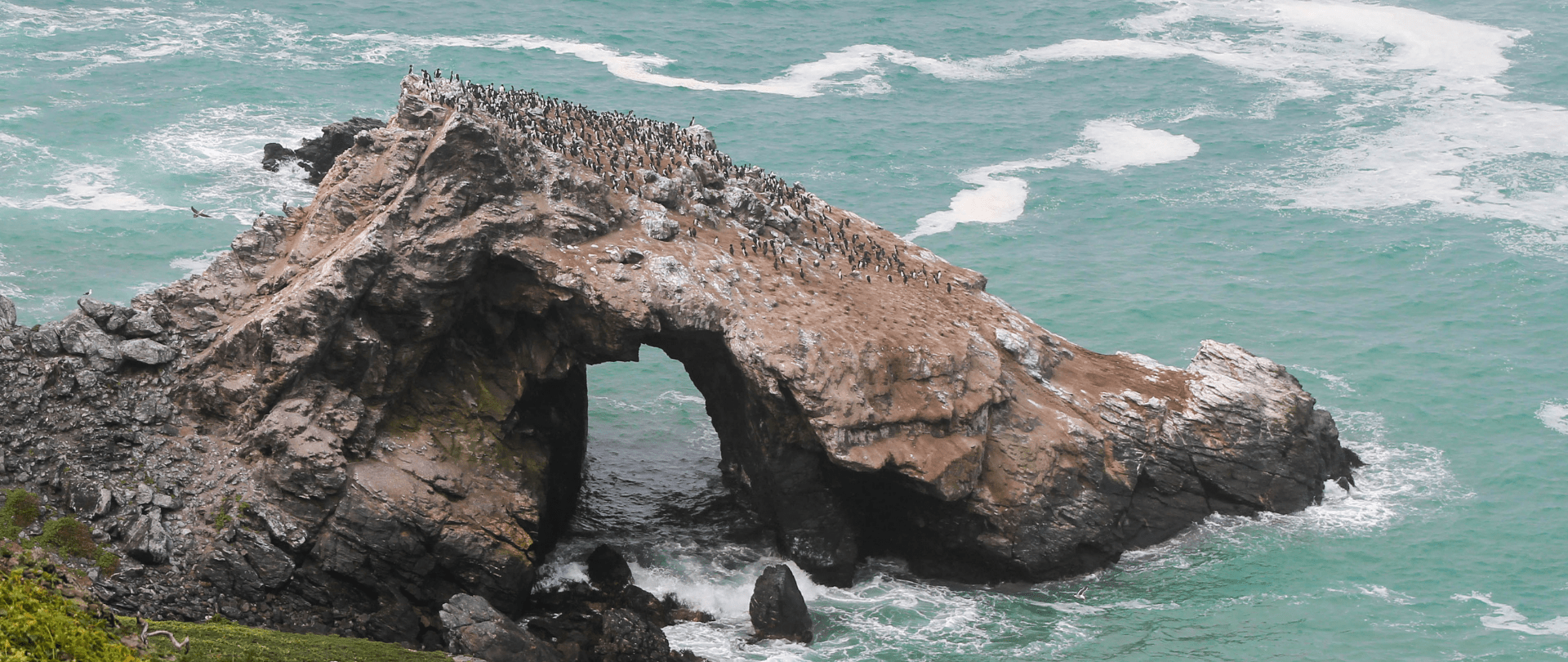
November 28, 2023
Rare will support the effort to restore island-ocean ecosystems by engaging the Coastal 500 network of local leaders in safeguarding biodiversity (Arlington, VA, USA) Today, international conservation organization Rare announced it has joined the Island-Ocean Connection Challenge (IOCC), a global effort to…